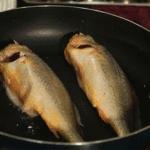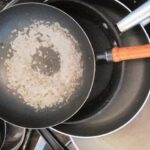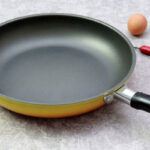
Non-stick pans are a chef’s best friend, but what do you do if you don’t have one handy? With these simple tricks, you can transform your regular iron pan into a non-stick wonder in no time!
Tips to Turn Your Regular Pan into a Non-Stick Pan
1. Oil Treatment
– Place your clean pan on the stove and turn on the heat. Add 2-3 tablespoons of oil to the pan.

– Carefully hold the pan’s handle and gently swirl the oil to coat the entire surface.
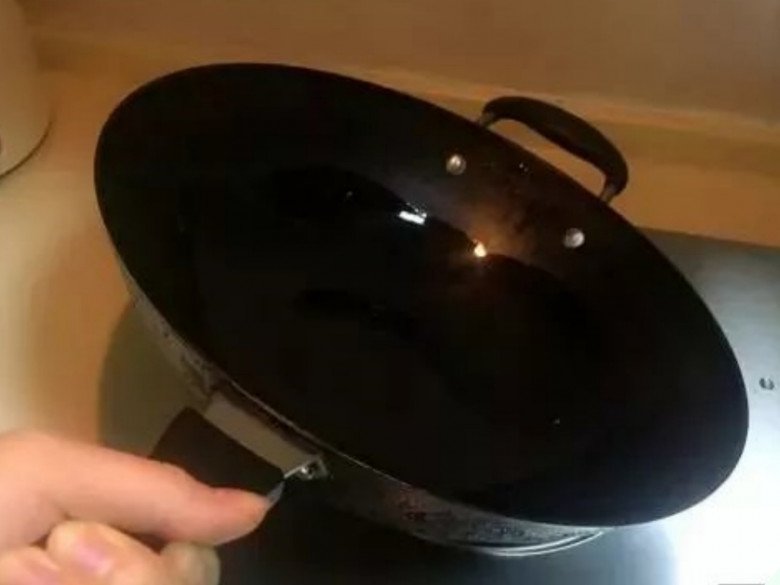
– Add 2-3 more tablespoons of cold oil. You’ll notice that the first layer of oil has formed a thin film at the bottom of the pan. This acts as a non-stick barrier, so you can confidently stir-fry without worrying about food sticking.
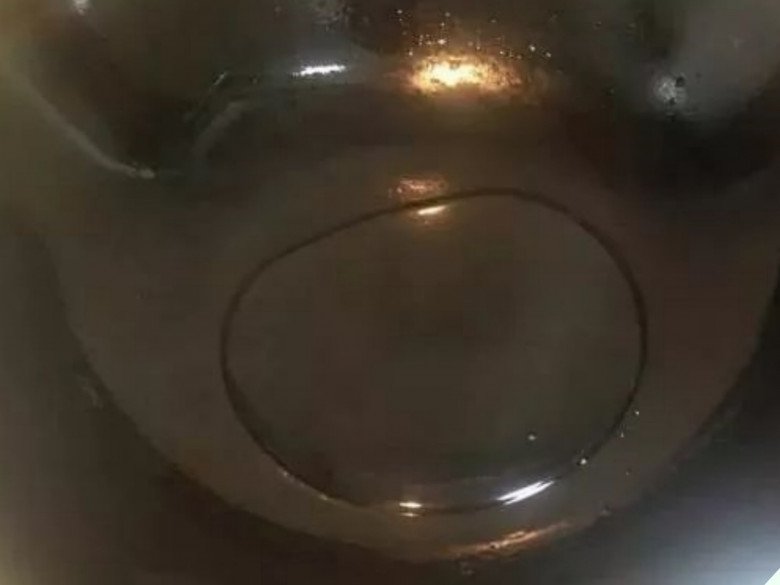
2. Vinegar Power
White vinegar is an excellent alternative to create a non-stick surface on your iron pan.
– Pour a small amount of white vinegar into your clean iron pan. Turn on the heat and boil the vinegar until it’s almost evaporated.
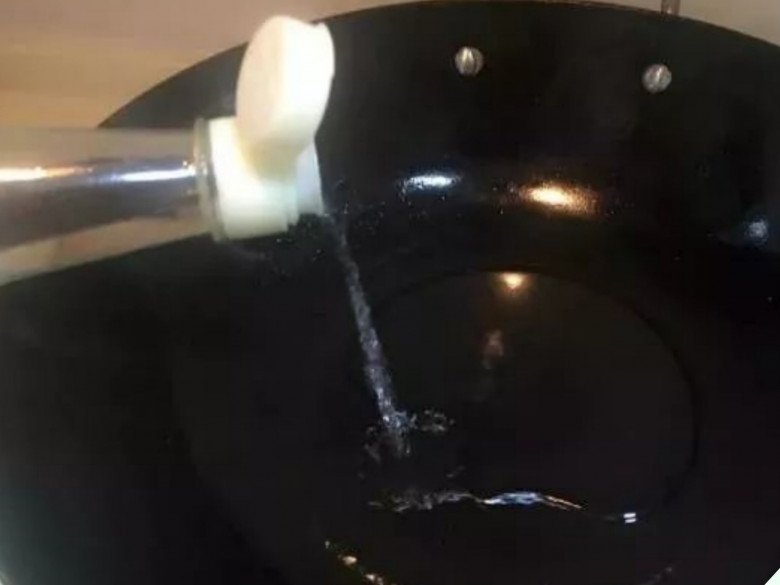
– Using a long-handled brush, dip it into the vinegar solution and scrub the pan’s surface. Be cautious as the vinegar will be very hot.

– After scrubbing, discard the vinegar and rinse the pan with clean water.

– Place the pan back on the stove and boil away any remaining water and vinegar.

– Once the liquid has evaporated, adjust the heat to medium and add oil. Swirl to coat the entire surface.
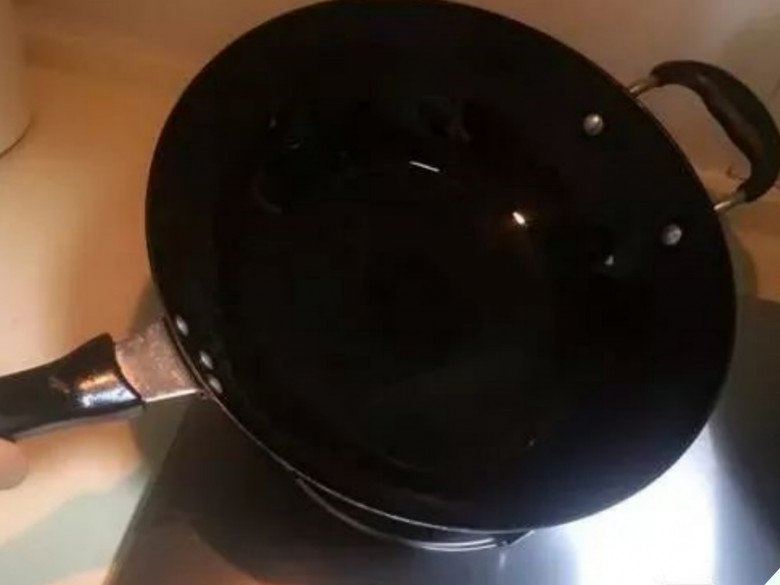
– After a few minutes, turn off the heat, discard the oil, and wash the pan as usual.
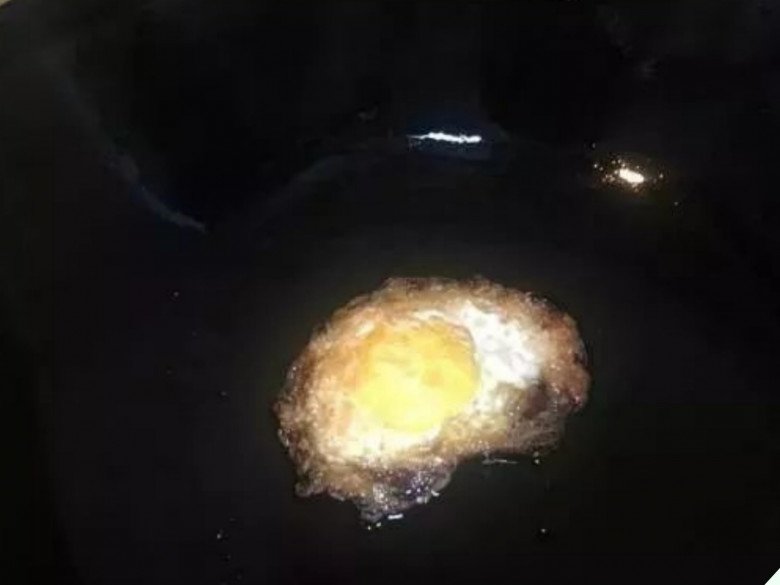
Your pan is now ready for frying, sautéing, or stir-frying without the worry of sticking.
3. Potato and Salt Scrub
Potatoes and salt make an effective duo to create a non-stick surface on your iron pan. Here’s how:
– Peel and cut a potato in half. Sprinkle salt on the cut surface and rub it onto the pan’s surface to remove any rust or residue.

– Use the other half of the potato to scrub the pan’s bottom vigorously for a few minutes. Rinse the pan afterward.
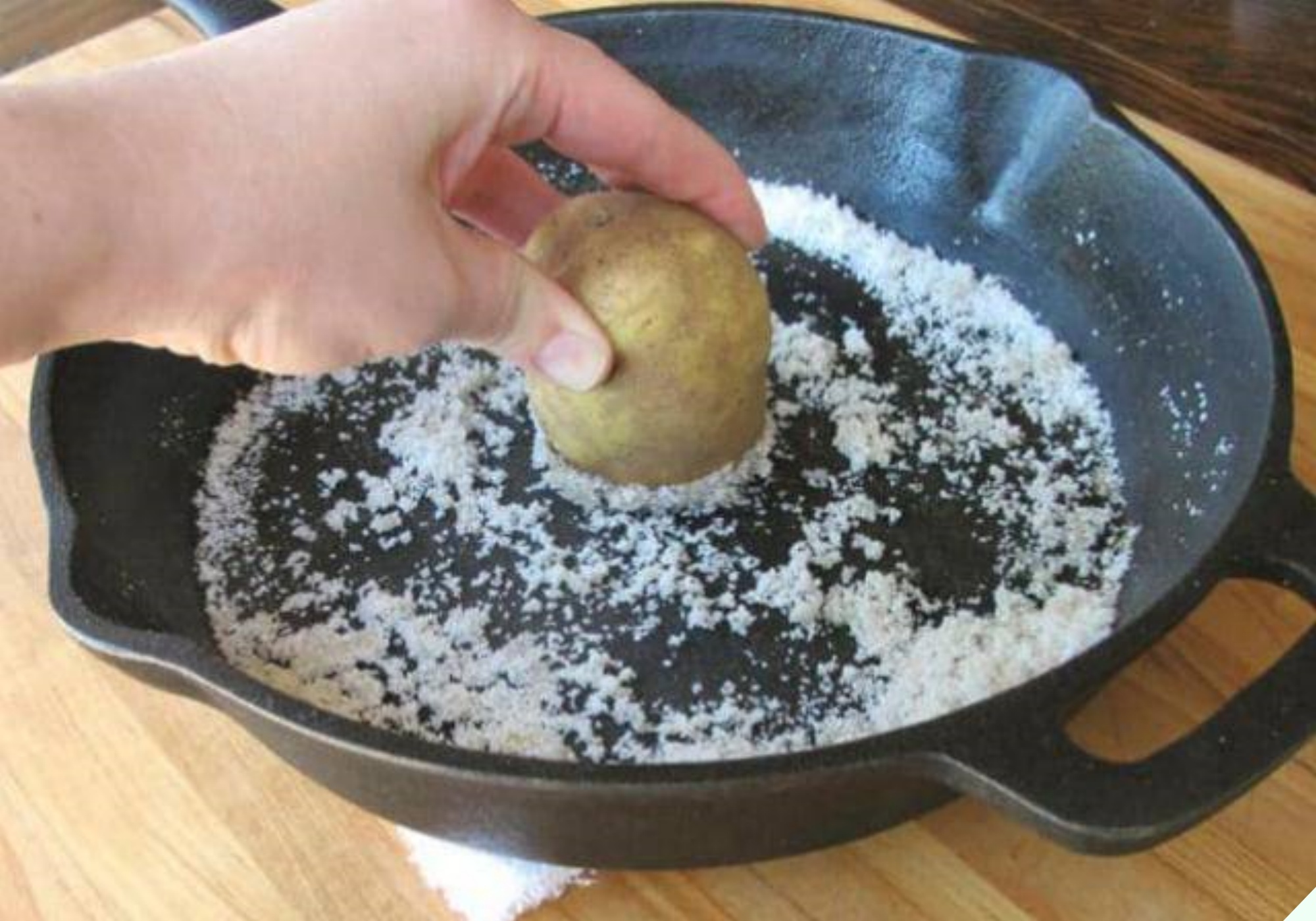
– Dry the pan, and it’s ready for frying as usual.
4. Coconut Oil and Salt
If you have coconut oil at home, you can use it to create a natural non-stick coating for your pan.
– Pour a generous amount of coconut oil into the pan and swirl to coat the entire surface.
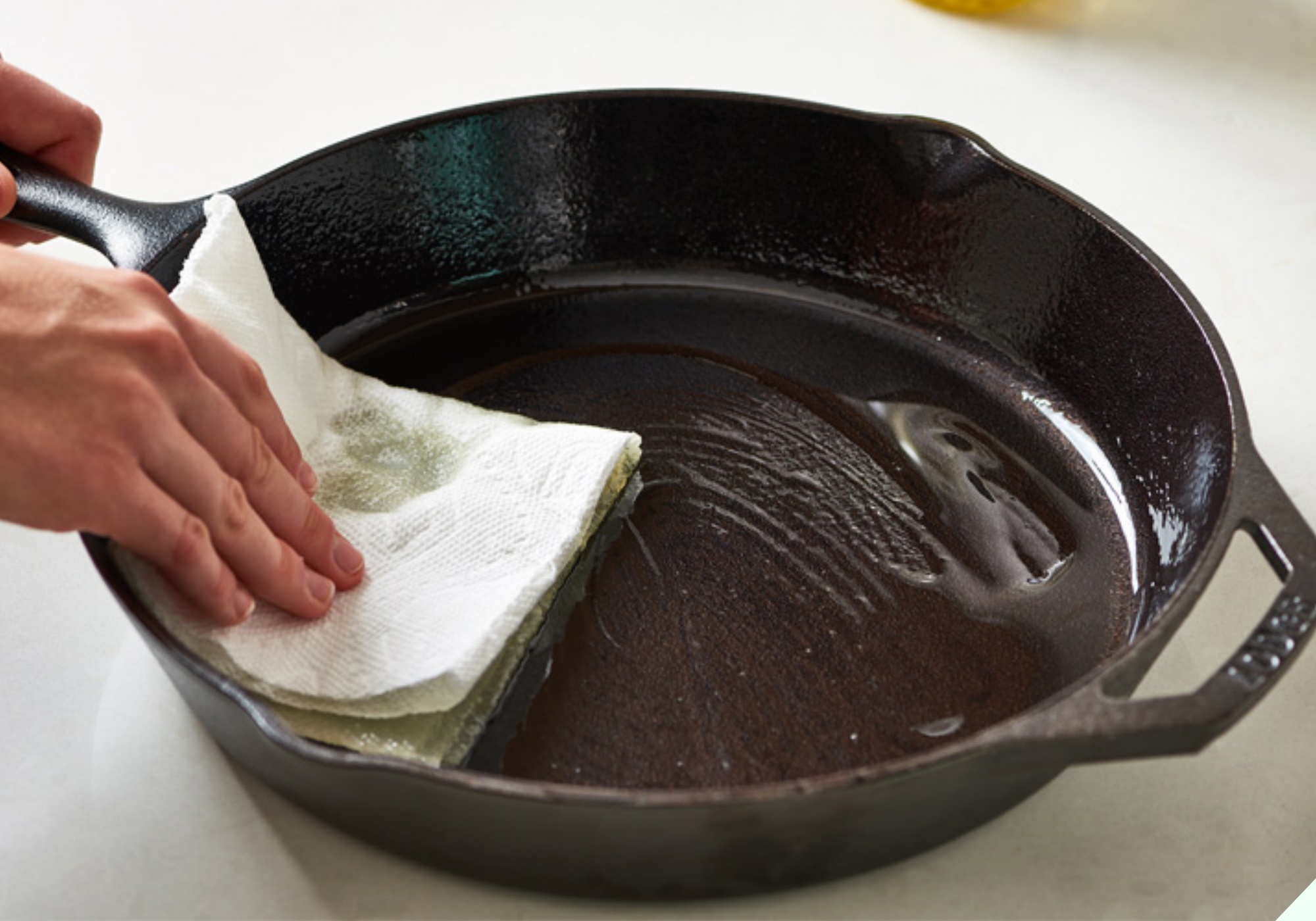
– Heat the pan for 2-3 minutes to warm the oil, then discard it.
– Sprinkle salt generously to cover the entire surface of the pan.
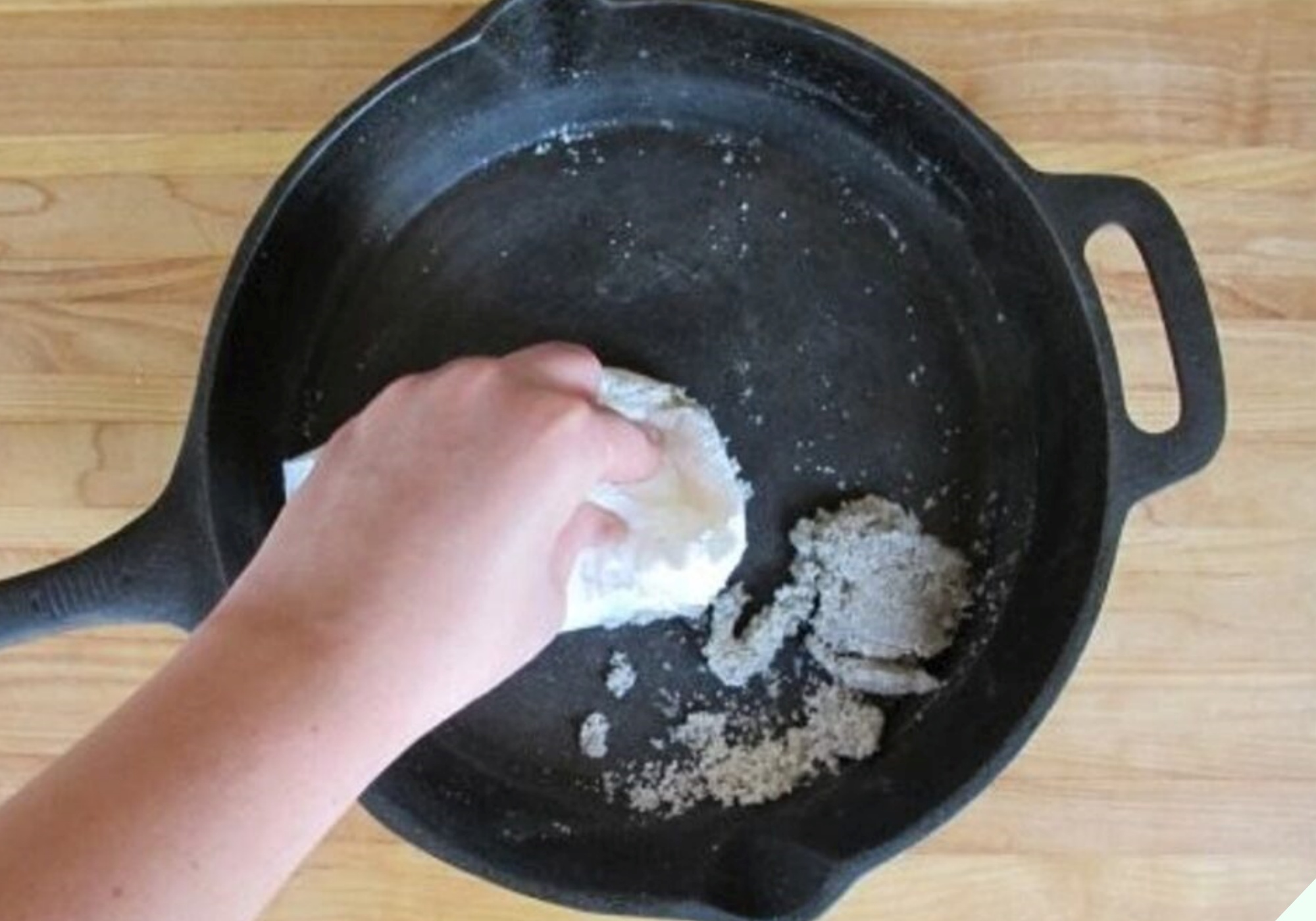
– Use a paper towel to scrub the salt into the pan’s surface several times. Afterward, wipe away all the salt and any remaining oil.
5. Baking Soda Solution
Baking soda is a versatile ingredient that can also help create a non-stick surface on your iron pan.
– In a bowl, mix 2 tablespoons of baking soda, ½ cup of vinegar, and 1 cup of water until dissolved.
– Pour the solution into the pan and place it on the stove. Heat for about 10 minutes.

– After heating, discard the solution, rinse the pan, and it’s ready for frying. This simple trick gives your pan a new lease of life, and you won’t have to worry about food sticking during cooking.
Important Tips for Using Non-Stick Pans
When using non-stick pans, keep the following in mind:
– Avoid overheating your non-stick pan. High temperatures can damage the non-stick coating and reduce its effectiveness.
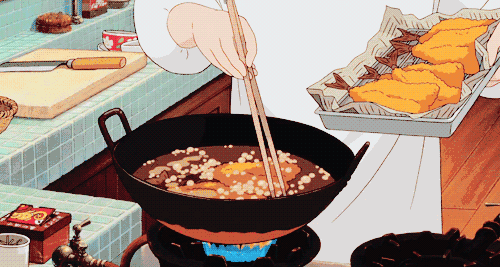
– Use wooden or silicone utensils during cooking to protect the non-stick surface. Avoid sharp objects that can scratch or damage the coating.
– When cleaning your non-stick pan, opt for a soft sponge or cloth. Avoid abrasive materials like steel wool, which can damage the coating and reduce the pan’s lifespan.

























